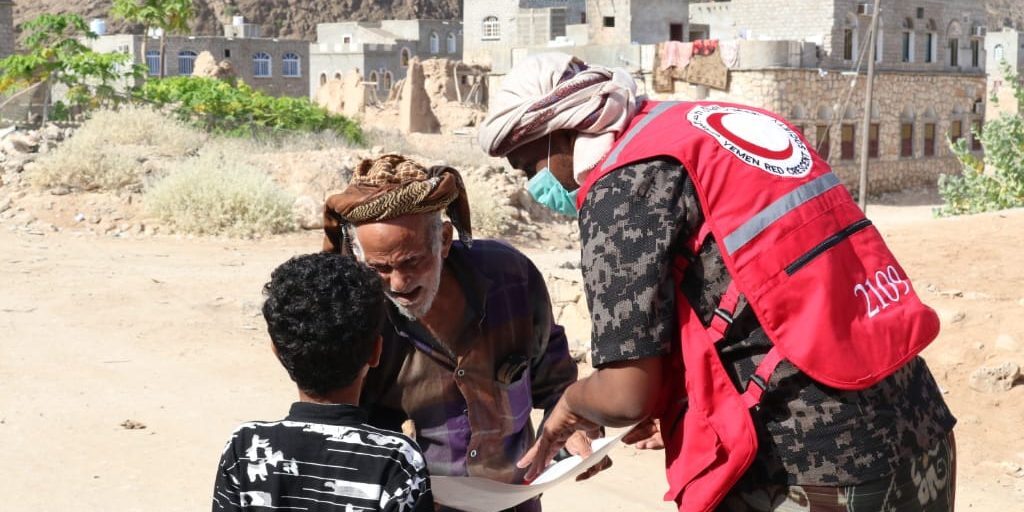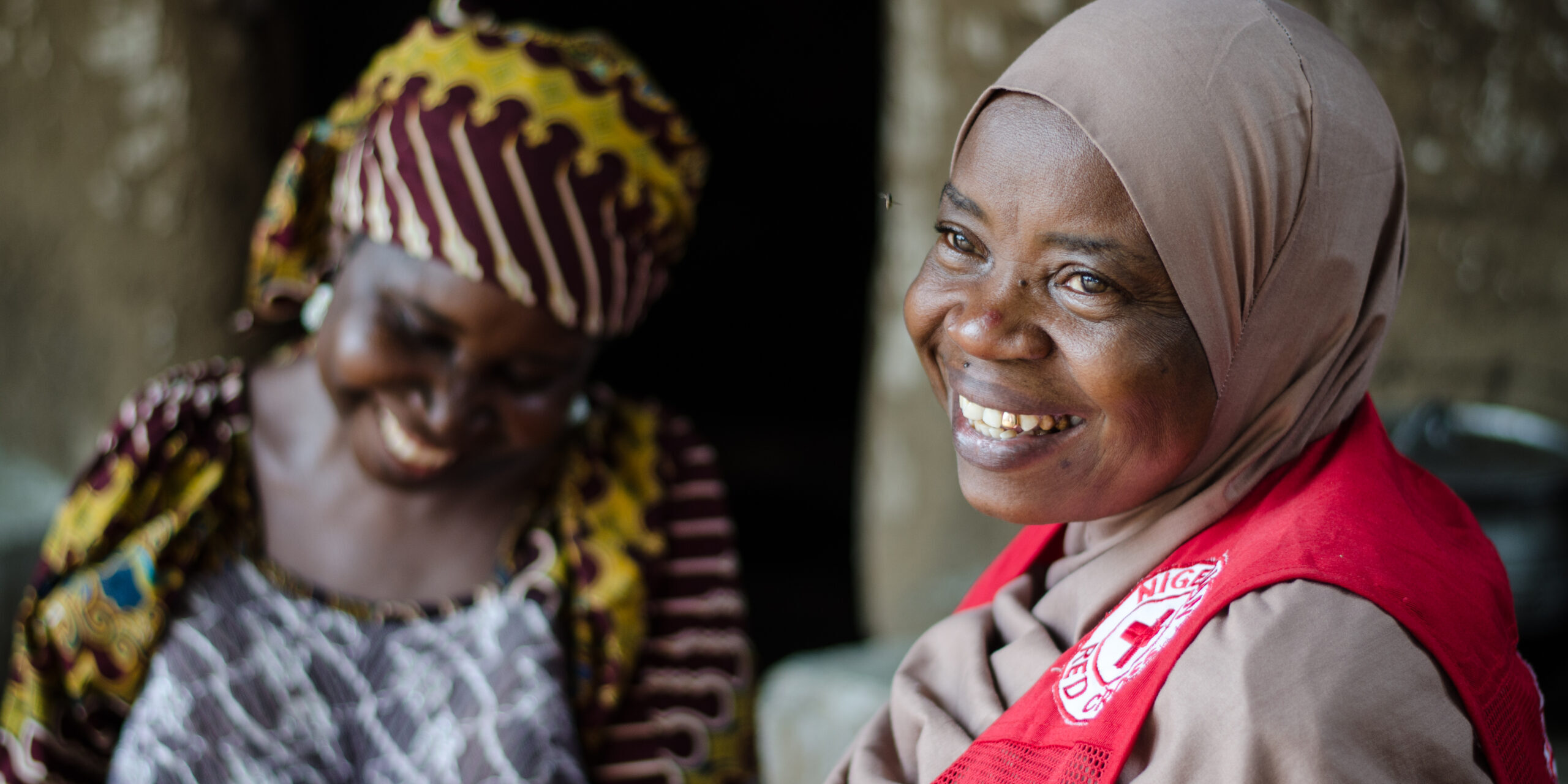Cash and Voucher Assistance

Overview
Cash and Vouchers Assistance (CVA)
Evidence shows that, when conditions are appropriate, CVA can provide a more timely, efficient, effective, flexible and appropriate form of assistance.
Most migrants interviewed for the report Dignifying, Diverse and Desired: Cash and Vouchers as Humanitarian Assistance for Migrants confirmed CVA was their preferred modality of assistance over goods in kind or services, as CVA allows them to exercise autonomy and choose how to use the support received. CVA is also a modality that promotes dignity, because it can be provided discreetly and confidentially without displaying people’s need for support to others or host communities.
The International Red Cross and Red Crescent Movement aims to support people in need in the most effective and efficient way possible, and the International Federation of Red Cross and Red Crescent Societies (IFRC) is seeking to distribute 50 per cent of its humanitarian assistance through CVA by 2025[1].
CVA is globally recognised as a key assistance modality on account of its flexibility. This flexibility gives individuals and households the choice to acquire goods and services according to their unique needs and priorities, thereby playing a vital role in preserving their dignity.
| IMPORTANT: the use of CVA must be evaluated in every situation, as CVA might not be feasible in all contexts and the decision must be based on people’s needs, people’s preferences of assistance, context feasibility, NS capacities and gaps analysis considering what others are doing. See the checklist below for more information. |
Similar to social assistance, CVA can be used to meet a wide range of needs and can be aligned with a number of humanitarian sectors. Often, CVA is used to support people to meet essential needs. But CVA can also be used to support health objectives, to support access to education, or livelihoods activities.
[1] https://www.ifrc.org/document/ifrc-plan-and-budget-2021-2025
Cash and Voucher Assistance (CVA) Definition
CVA refers to all programs where cash transfers or vouchers for goods or services are directly provided to recipients. In the context of humanitarian assistance, the term is used to refer to the provision of cash transfers or vouchers given to individuals, household, or community recipients, not to governments or other state actors (Source)
CVA in Migration Contexts
The Cash Hub Cash in Emergencies (CiE) Toolkit includes examples of the different use of CVA to support sectors here.
The report “DIGNIFYING, DIVERSE AND DESIRED: CASH AND VOUCHERS AS HUMANITARIAN ASSISTANCE FOR MIGRANTS JANUARY 2022” provides a list of examples of how CVA is used by the IFRC and National Societies in the migration context, including during the different stages of journeys.
CVA can be a tool to support the provision of services typically delivered through Humanitarian Service Points (HSPs). For instance, CVA:
Depending on programme objectives, CVA can be restricted or unrestricted, conditional, or unconditional. Restrictions refer to the use people can make of the assistance (this can be limited to certain products or markets/shops), while conditionality refers to prerequisite activities or obligations that a recipient must fulfil in order to receive assistance, i.e., attending school, attending nutrition screenings, undertaking work, training etc [1]. The evidence shows that most interviewees prefer unconditional CVA as opposed to conditional CVA [2].
[2] Dignifying, Diverse and Desired: Cash and Vouchers as Humanitarian Assistance for Migrants


How is CVA operationalised at HSP?
The following actions are recommended to be implemented along the set-up process of the HSP to enable the use of CVA as assistance modality.
Tips!
Key Resources

